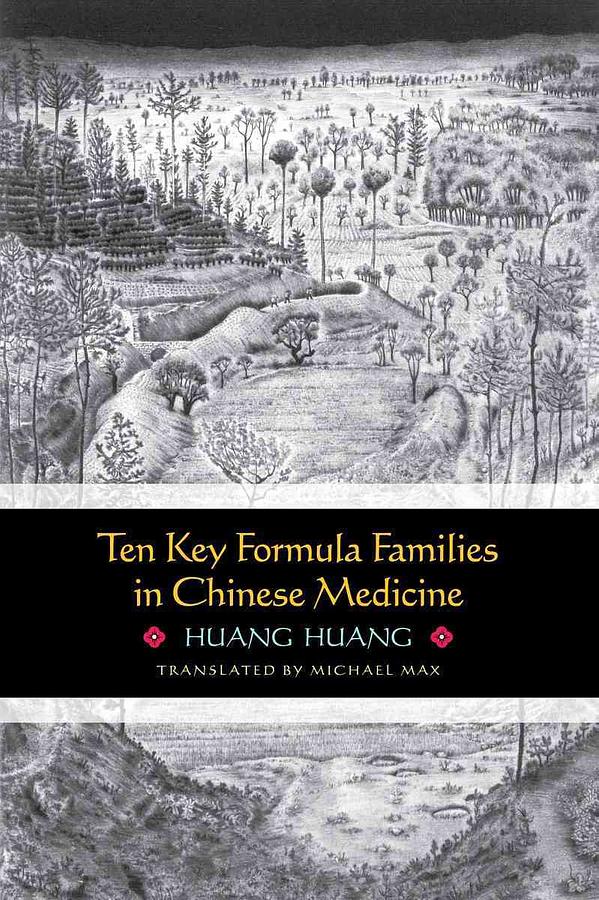內容簡介
內容簡介 Ten Key Formula Families in Chinese Medicine provides a practical path to a deeper understanding of traditional Chinese herbal formulas. Dr. Huang discusses the core aspects of the ten most important families of formulas in the classical formula tradition in a way that is both profound and accessible. By introducing the concept of constitutions and the attendant vulnerabilities of those constitutions to certain types of disorders, he hands the reader a very useful key to understanding how and when to use these formulas in the clinic. The ten families of formulas are grouped around the following herbs: � Cinnamon - Cinnamomi Ramulus (gu� zh�) � Ephedra - Ephedrae Herba (m� hu�ng) � Bupleurum - Bupleuri Radix (ch�i h�) � Gypsum - Gypsum fibrosum (sh� g�o) � Rhubarb - Rhei Radix et Rhizoma (d� hu�ng) � Coptis - Coptidis Rhizoma (hu�ng li�n) � Aconite accessory root - Aconiti Radix lateralis preparata (zh� f� z�) � Dried ginger - Zingiberis Rhizoma (g�n ji�ng) � Astragalus - Astragali Radix (hu�ng q�) � Pinellia - Pinelliae Rhizoma preparatum (zh� b�n xi�) For each family of formulas, Dr. Huang describes the associated presentation and constitutional aspects common to all members of the family, then turns to the individual formulas that are especially useful for treating particular aspects of that presentation. The discussion is embellished with case histories and relevant clinical research.
作者介紹
作者介紹 Dr. Huang Huang is a professor at the Nanjing University of Traditional Chinese Medicine. A prolific writer and editor, he has studied and worked in Japan, lectured widely throughout China, and recently in the United States and Australia as well. His work challenges practitioners to dig deeper into the treasure trove of classical Chinese medicine and apply its methods in the modern clinic.
